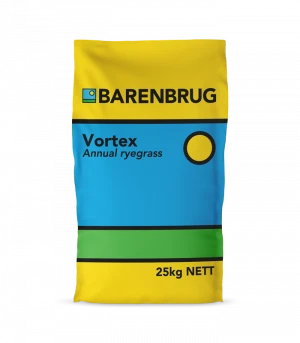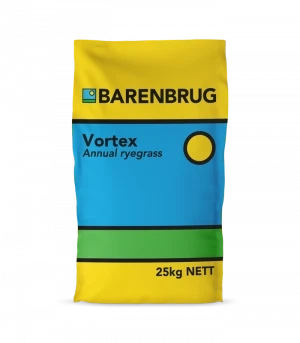Creating a healthy, nourishing pasture for horses requires more than just open land—it starts with the right seed mix. Whether you're starting a new paddock or renovating an existing one, understanding the essentials of a horse pasture mix is vital for your equine companion’s health and well-being.

Why Pasture Quality Matters for Horses
Horses are natural grazers. A good pasture provides them with forage, improves digestion, reduces feed costs, and offers physical and mental stimulation. However, not all grasses are created equal. Some may be too rich, others may lack the required fiber, and many simply aren’t durable under constant hoof traffic.
This is where a dedicated equine pasture seed mix comes into play. It combines hardy, horse-friendly species that stand up to grazing while supporting digestive health.
Key Characteristics of an Ideal Horse Pasture Mix
An effective horse pasture mix should include:
- Low fructan grasses to reduce the risk of laminitis.
- Endophyte-free fescues for safe forage.
- Dense root systems to withstand trampling and drought.
- Cool-season varieties for consistent growth throughout the year.
Common components include orchardgrass, timothy, Kentucky bluegrass, and perennial ryegrass—selected for their palatability, nutrition, and durability.
What Farmers and Horse Owners Say
"Switching to a proper horse pasture seed mix saved us a fortune in vet bills and supplements. Our horses are healthier, and the paddocks recover faster."
— Karen T., Equine Center Owner, Vermont
"We tried multiple mixes, but the one tailored for horses made a visible difference. Less mud, more green, and happier horses."
— Steve R., Farm Manager, Oregon
FAQs: Choosing and Maintaining Horse Pasture Seed Mixes
Q1: Can I use cattle or general livestock seed mixes for horses?
No. Horses have more sensitive digestive systems than cattle or sheep. A specialized equine pasture seed mix avoids high-sugar grasses and endophyte-infected species, which are unsuitable for equine grazing.
Q2: When is the best time to plant horse pasture seeds?
Spring and early fall are ideal. These seasons offer optimal soil moisture and temperature conditions for seed germination and establishment.
Q3: How long before my horses can graze newly seeded pasture?
Typically, wait 6 to 8 weeks, or until grasses reach 6–8 inches in height. Grazing too early can damage root systems and reduce pasture longevity.
Q4: How often should I reseed?
Partial reseeding every 2–3 years helps maintain pasture density. Full reseeding may be required every 5–7 years, depending on usage and soil health.
Tips for Success
- Soil Testing: Start with a soil test to check pH and nutrient levels.
- Rotational Grazing: Divide pasture into sections and rotate horses to prevent overgrazing.
- Weed Management: Use mowing and targeted herbicides to control weeds early.
- Fertilization: Apply fertilizers based on soil test recommendations to promote healthy grass growth.

Final Thoughts
The health of your horse begins from the ground up—literally. Investing in a high-quality horse pasture seed mix and grass seed for sheep grazing designed for equine nutrition and land resilience is a long-term win. With the right balance of grasses, careful management, and seasonal maintenance, you can create a thriving pasture that supports your horse’s vitality and reduces feed costs naturally.

